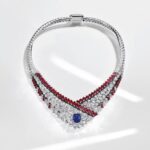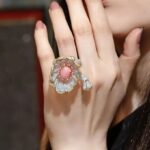While surfing the internet, the editor often comes across posts about novice gem enthusiasts falling into traps. Those seemingly beautiful gemstones, upon re-examination, turn out to be glass! What’s even more difficult to accept is how realistically glass can imitate gems, making it incredibly hard to guard against.
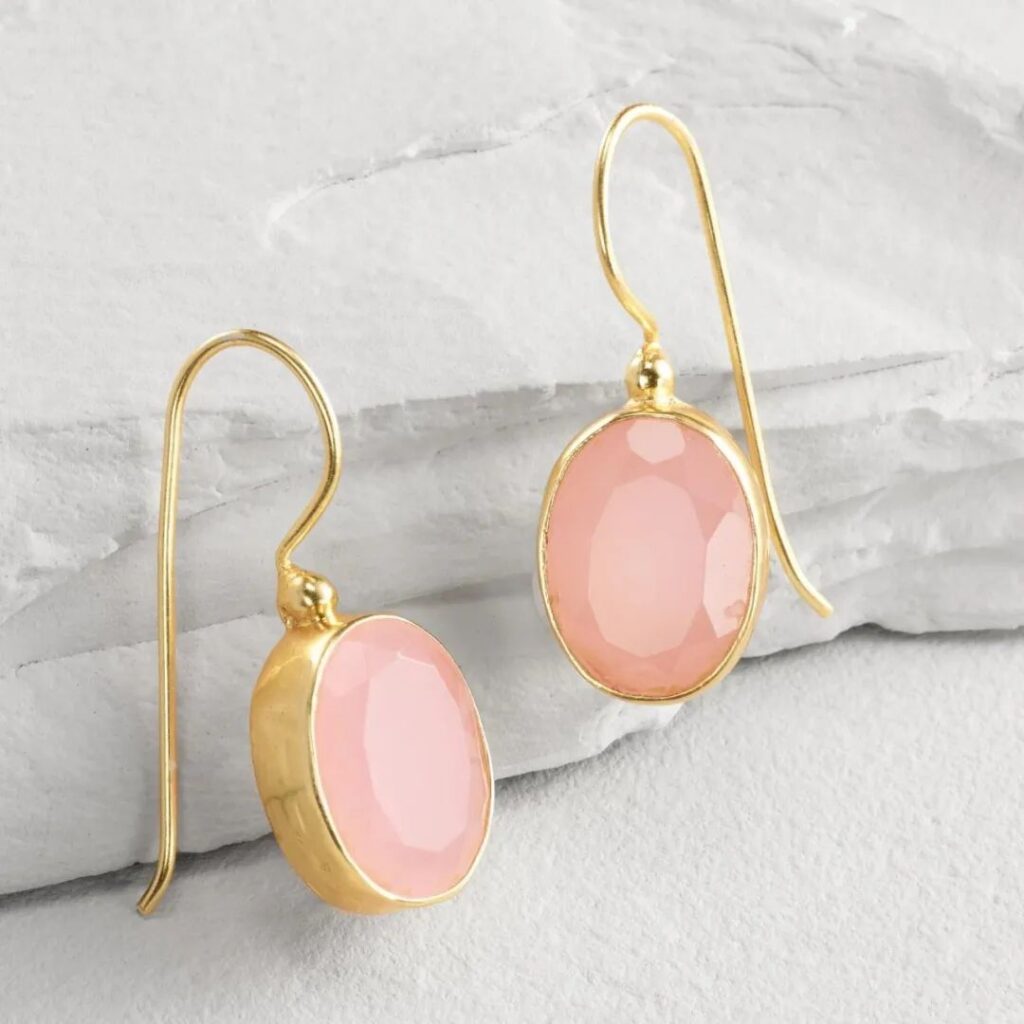
When it comes to glass, most people are familiar with window panes, glass furniture, and glassware. The appearance of these common glass items makes it difficult to associate them with gemstones.
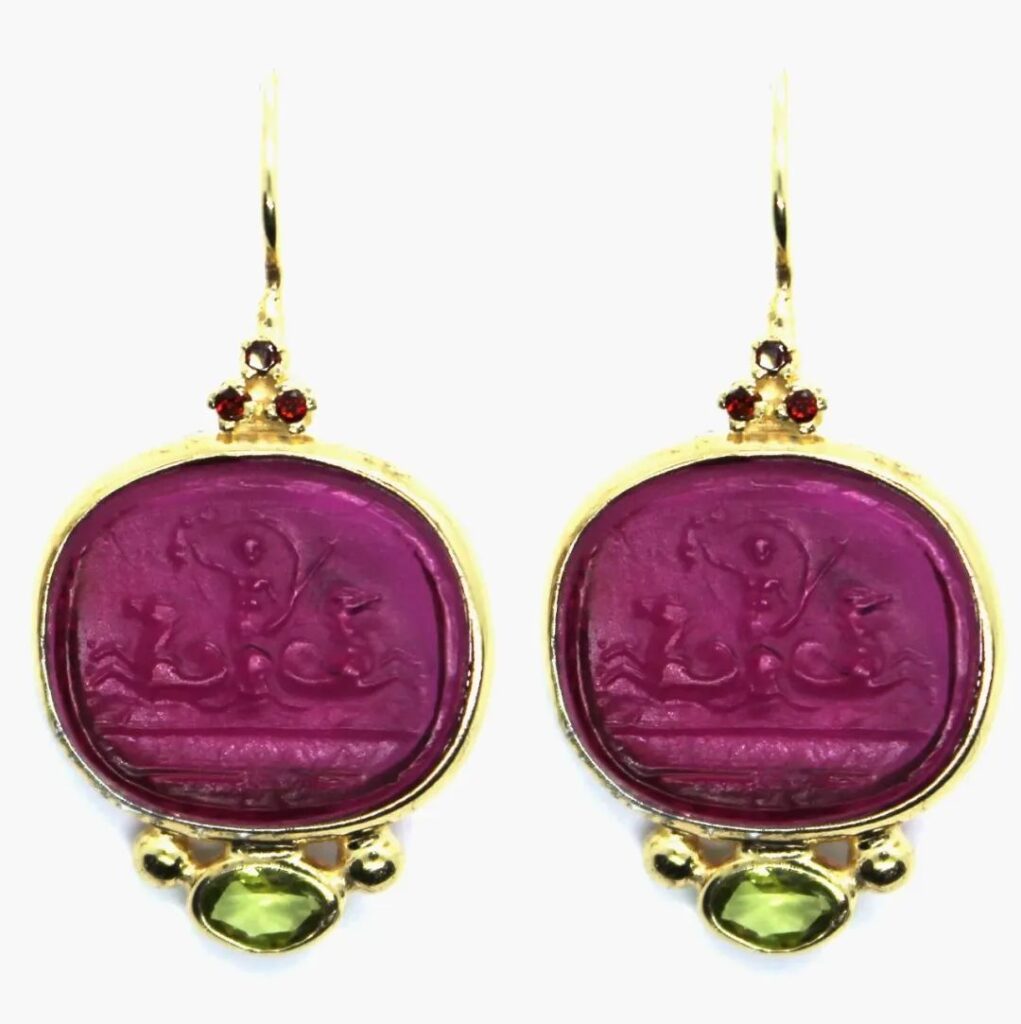
The glass used to imitate gemstones is actually based on common glass products but has undergone technical improvements according to the properties of the imitated gemstones. This results in a texture and color that closely resembles natural gemstones when observed with the naked eye.
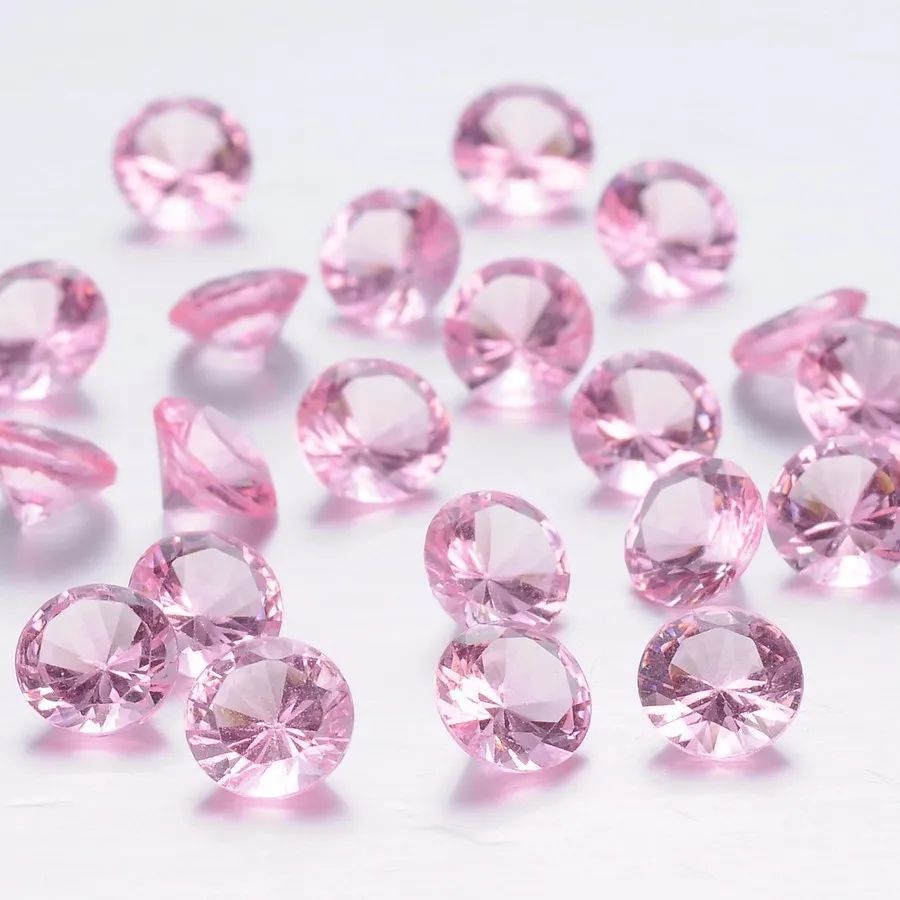
For instance, lead glass made from silica, soda, and lead oxide has a much higher refractive index and dispersion due to the presence of lead. By adding trace elements to match the color of the gemstone being imitated, the resulting glass imitation can appear to novice enthusiasts like a high-quality natural gemstone.

Today, let’s take a look at some common glass imitations that often trick beginners.
Glass Imitation Jade
Jade has a long cultural history in China and is deeply beloved. People’s emotional attachment to jade far exceeds that of other colored gemstones. Some merchants, recognizing novices’ lack of knowledge about jade, use glass imitations to deceive them. The most common imitations are of jadeite and Hetian jade.

The “ice jadeite” shown in the image above, with high transparency and very vibrant color, is actually made of glass. It’s most commonly seen as “antique jadeite from X dynasty.”
Some might wonder how anyone could fall for such an obvious fake. For beginners who lack understanding of jadeite quality and can’t correlate quality with price, the limited information they have suggests that “full-color ice jadeite” is the best. When they see this glass imitation, they might think they’ve found a bargain and purchase it without hesitation.
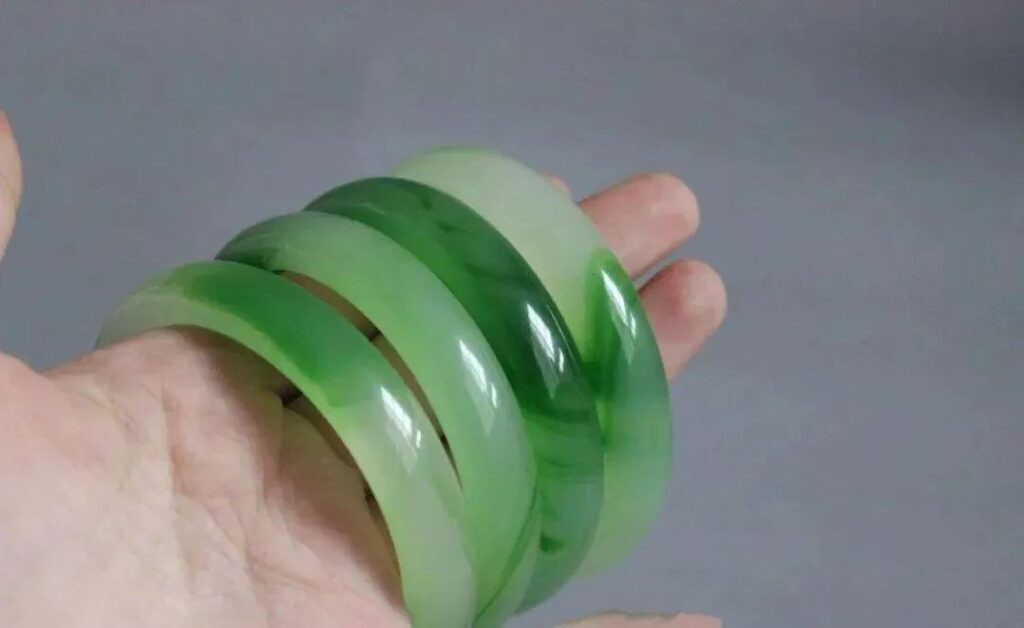
The semi-transparent “jade” shown above is actually devitrified glass, presenting a semi-transparent state. To the naked eye, it appears to have a fibrous structure similar to cotton-like substances. It’s often used to imitate nephrite jade, quartzite jade, or low-quality jasper, lowering consumers’ guard.
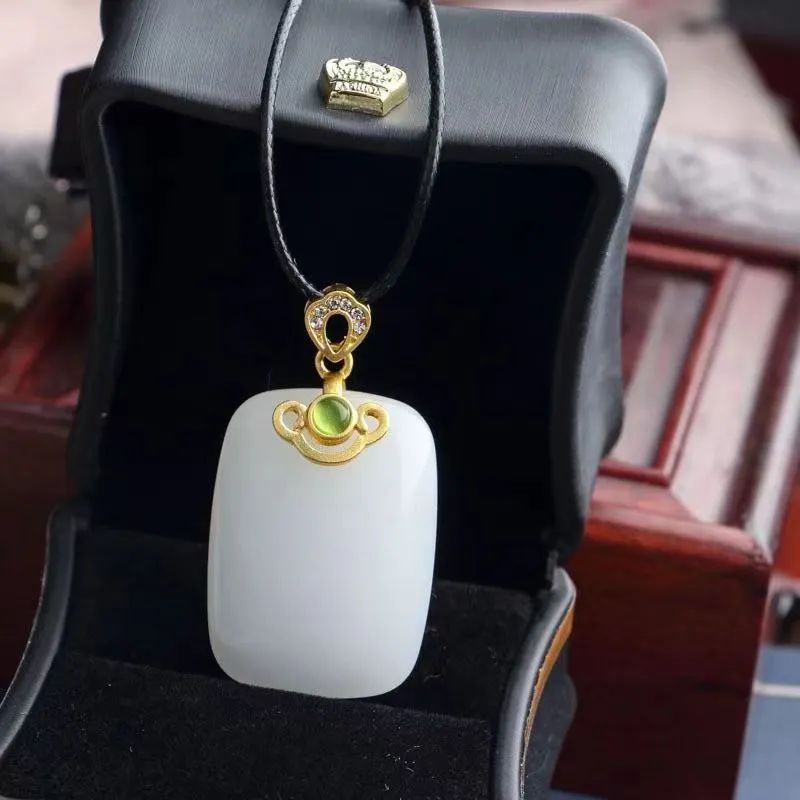
The “Hetian mutton-fat jade” shown above, which looks pure white and oily, has been given the attractive name “Outer Mongolian material” by merchants who claim it’s Hetian jade from Outer Mongolia. In reality, it’s a type of milky white, semi-transparent glass.
Characteristics of imitations:
Regardless of the type of glass used to imitate jade, the manufacturing process often leaves behind circular bubbles of varying sizes and common spiral-shaped swirl patterns.
Glass Imitation Diamonds
Although colorless cubic zirconia and moissanite are now more common diamond imitations, the oldest diamond imitation is actually glass!
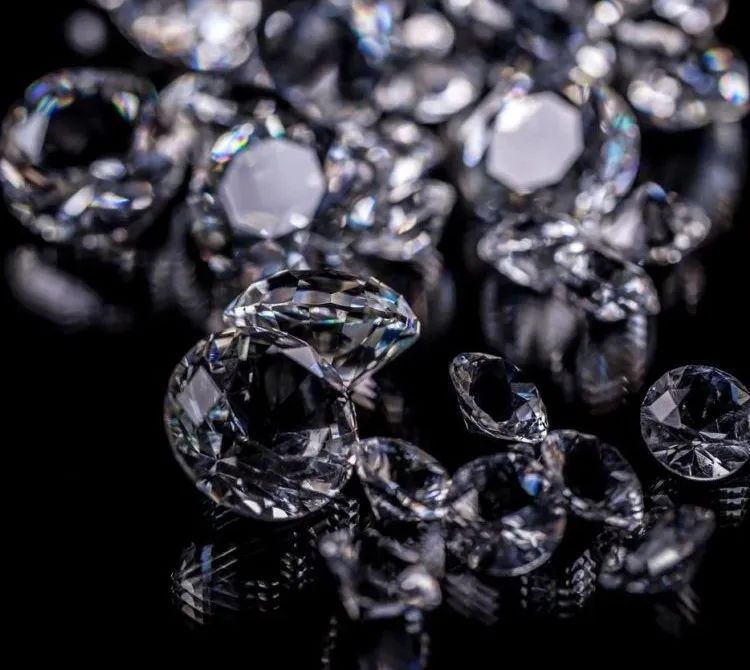
While glass imitation diamonds don’t possess the fire of natural diamonds, untrained consumers cannot distinguish them at first glance. If sellers add a backstory to these imitation diamonds, such as “selling at a loss due to family bankruptcy,” it can easily confuse novice enthusiasts and lead to deception.
Characteristics of imitations:
Fortunately, there are significant physical differences between glass and diamonds. Natural diamonds’ oleophilic property can be used to distinguish between the two. When an oil-based pen is drawn across a diamond’s surface, it leaves a clear, continuous line. In contrast, when drawn across glass, the ink often forms small droplets without a continuous line.
Glass Imitation Colored Gemstones
The transparency and luster of glass are seen by unscrupulous merchants as perfect weapons for imitating transparent colored gemstones.
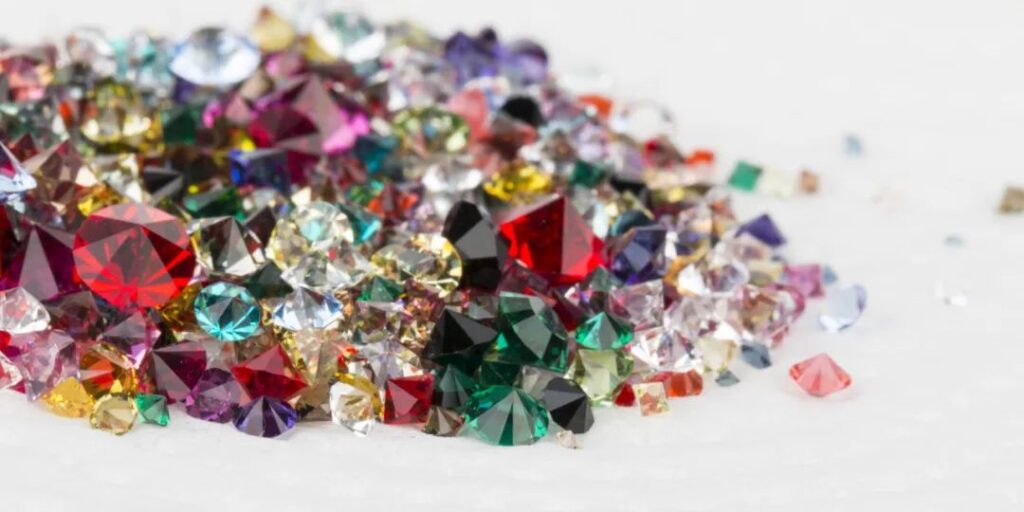
Adding manganese to glass produces purple, imitating amethyst; adding cobalt results in a deep blue, imitating sapphire; adding iron produces yellow and green, imitating citrine; adding copper yields red or blue-green, imitating ruby or topaz; adding chromium creates green, imitating emerald…
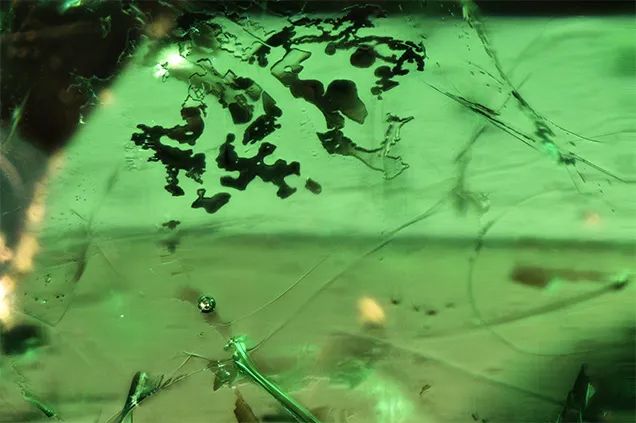
Among these, glass imitation emeralds are the most convincing. Bubbles or other residual materials in the glass can create effects similar to the fissures or fingerprint-like inclusions in emeralds. Both in color and appearance, they can be highly deceptive. For novice enthusiasts, a seemingly beautiful emerald with high clarity could very well be a glass imitation.
Characteristics of imitations:
Glass imitation colored gemstones have uniform and monotonous color distribution, unlike the nuanced coloration of natural gemstones. They are often exceptionally transparent, rivaling top-quality auction-grade gems. Under magnification, internal bubbles can be observed.
Glass Imitation Opal
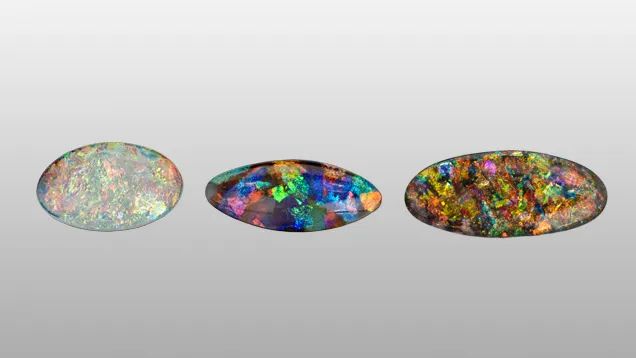
By inserting strips or flakes of color into glass—these could be thin glass sheets of different colors or different colored metal flakes—one can create something that closely resembles natural opal in overall appearance.
Characteristics of imitations:
Glass imitation opals lack the fluid play of color seen in natural opals. The color flakes inside the imitations have fixed, unchanging boundaries with relatively neat edges. They lack the structural characteristics of natural opals and instead resemble crumpled colored metal foils, unable to produce the natural, dreamy play of color seen in genuine opals.
Glass Imitation Turquoise
Nowadays, “jelly material” and “jade-like material” turquoise with a glass-like luster can be found all over the internet. Among these, besides high-quality natural turquoise, over-polished or resin-treated turquoise, there are also many glass imitations of turquoise. Their color, texture, and luster are very similar to high-grade porcelain turquoise.
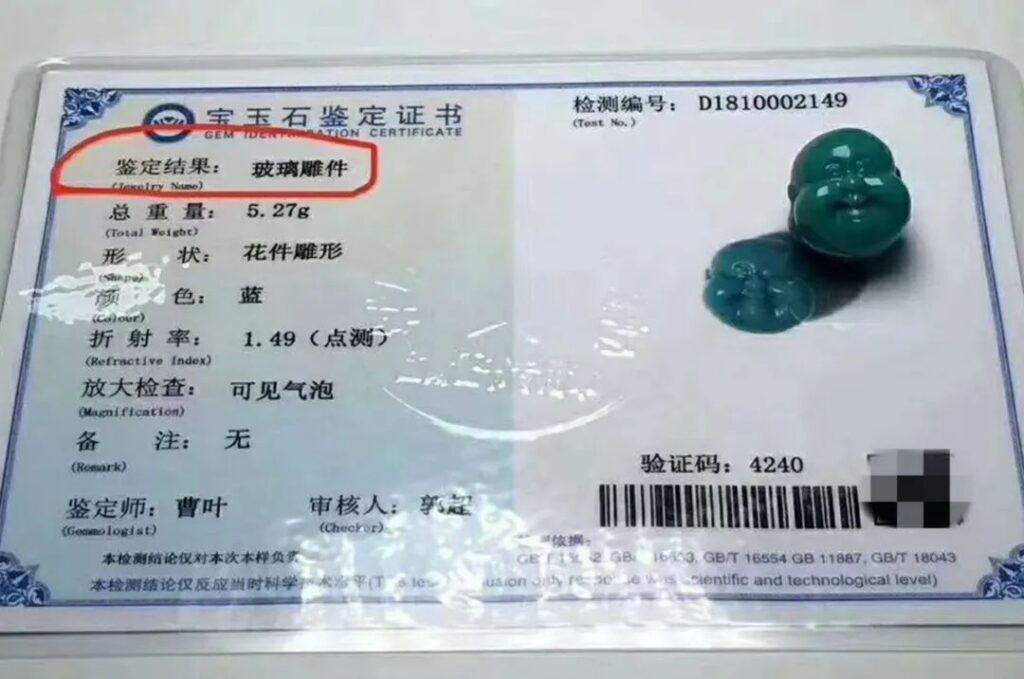
Characteristics of imitations:
Glass imitation turquoise usually comes in the form of beads or carvings. They have a glassy luster, conchoidal fracture, and may contain visible bubbles and swirl patterns internally.
Glass Imitation Pearls
Some high-quality natural pearls have a dense structure and feel relatively heavy. If such pearls were imitated with plastic, there would be noticeable differences in feel and luster compared to natural pearls. This is where glass, with its weight, comes into play.
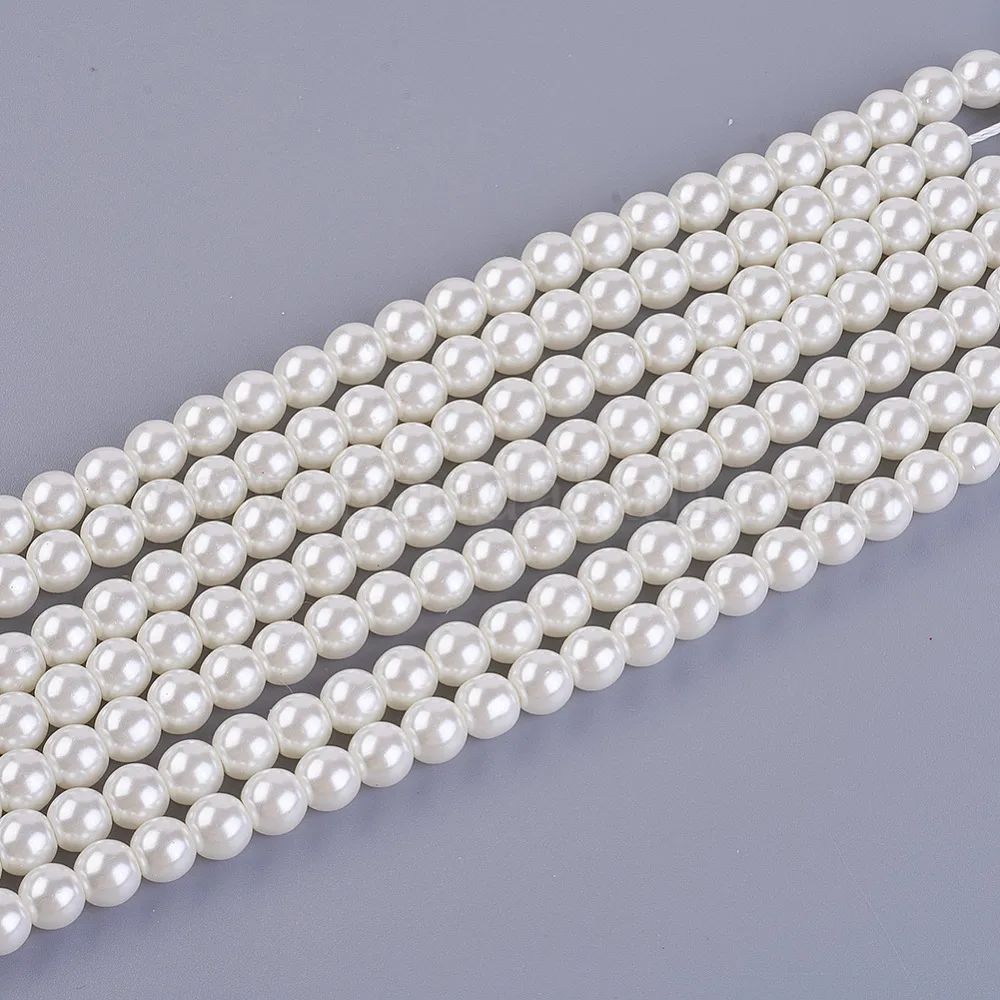
Imitation pearls made by coating translucent hollow white glass beads with a pearlescent chemical layer and filling them with material can be difficult for novice enthusiasts to distinguish from natural pearls in terms of both luster and weight.
Characteristics of imitations:
Glass imitation pearls lack the warm, sandy surface texture of natural pearls formed by layer-upon-layer growth. Instead, they have a smooth feel like glass. They also lack the natural pearl luster that emanates from within genuine pearls, instead giving off a harsh, rigid shine reminiscent of dead fish eyes.
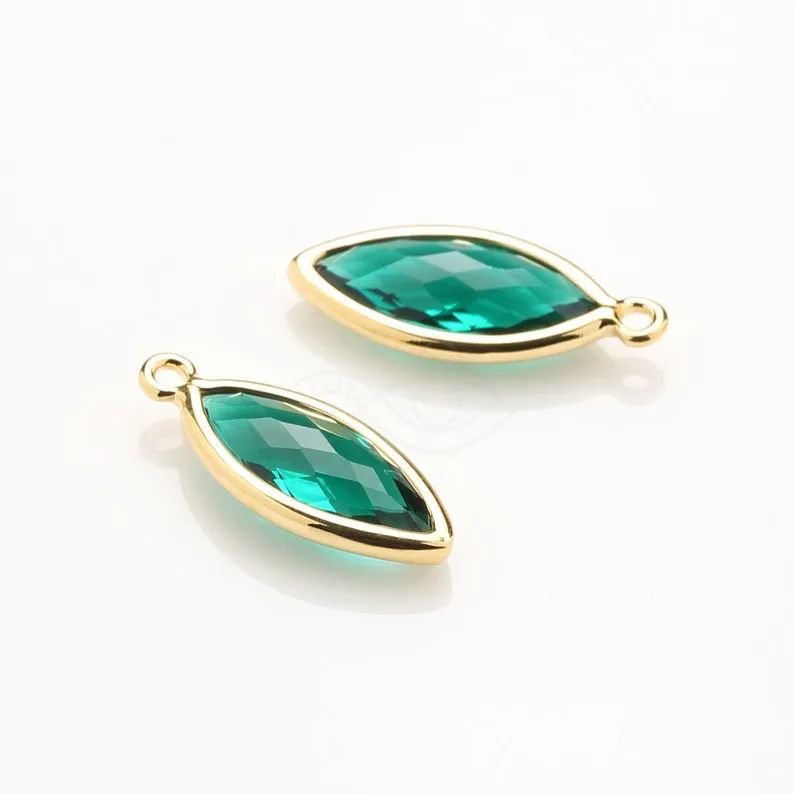
With advancing technology, gemstone imitation techniques are continually improving. For novice enthusiasts, mold-pressed glass imitations often have surface pits and depressions that can easily be confused with the “orange peel” effect of jadeite. Carefully processed or faceted glass imitations of colored gemstones can be difficult to distinguish from natural gemstones based on fire alone.
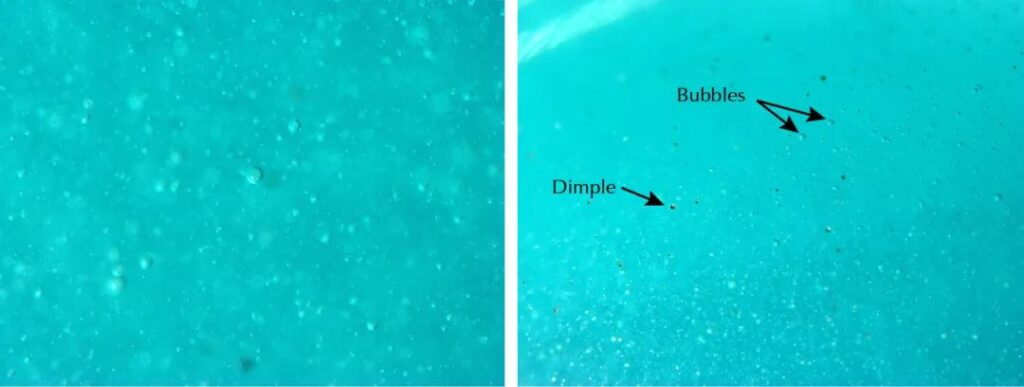
A simple identification method is to look for tiny bubbles typically present in glass, which can be observed under magnification.
Editor’s advice:
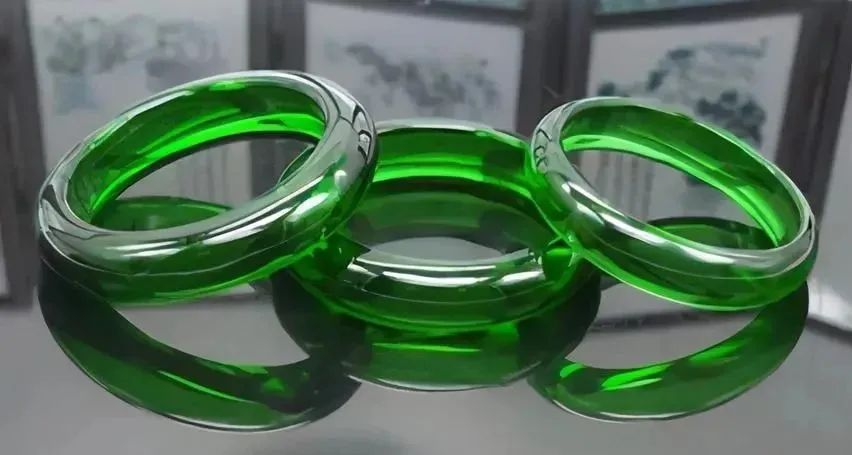
When purchasing jewelry, don’t be swayed by low prices or beauty alone. First, learn about gemstone quality grades and corresponding prices. If a high-quality gemstone is priced far below market value, such as a one-carat diamond for only $200, there’s likely a catch regardless of the reason given. It’s best to avoid such purchases.
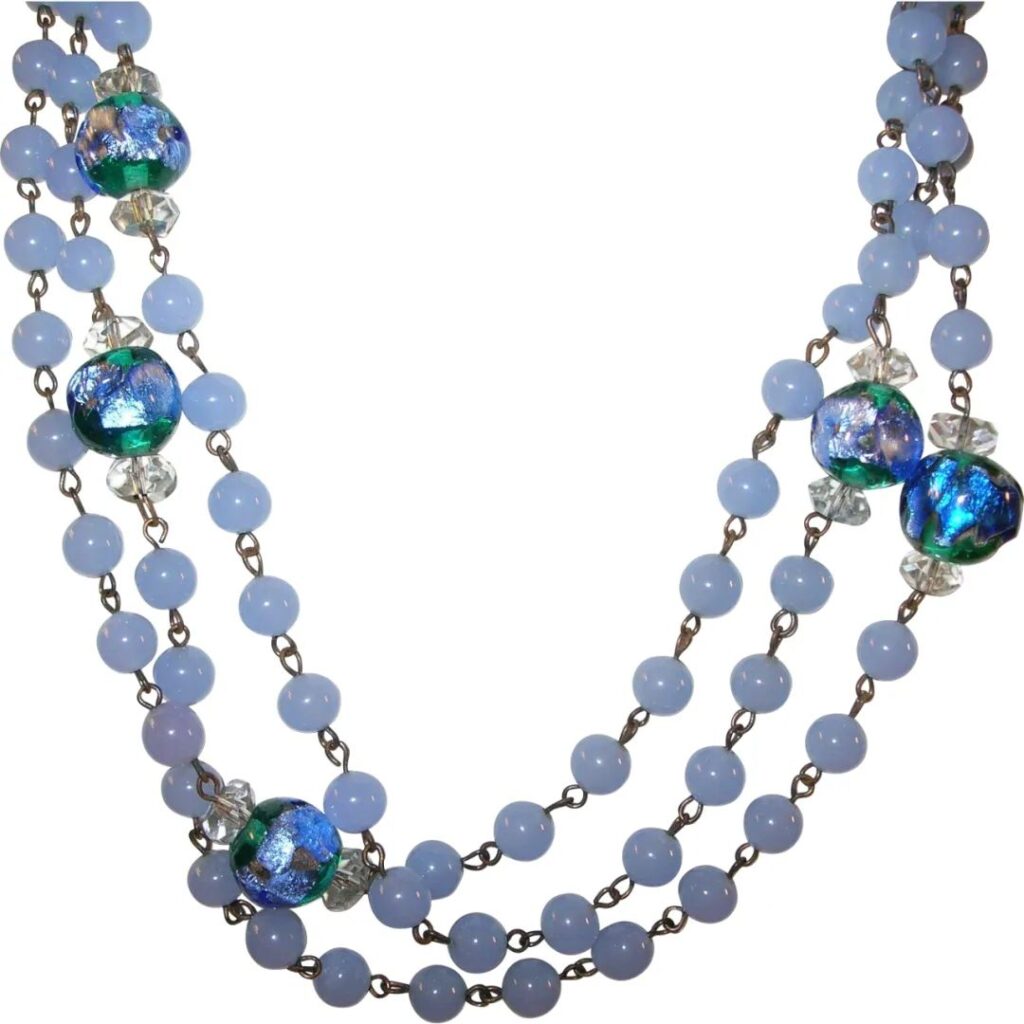
For high-quality, high-priced gemstones, always choose reliable purchasing channels. Opt for sellers who support re-inspection and offer return/exchange policies to better protect your interests.
Have you ever bought a glass imitation gemstone? Feel free to share your experience in the comments!
Beware, Newbies! Those ‘Stunning Gems’ Might Just Be Glass: A Must-Read Guide for Aspiring Gem Enthusiasts
Tweet
